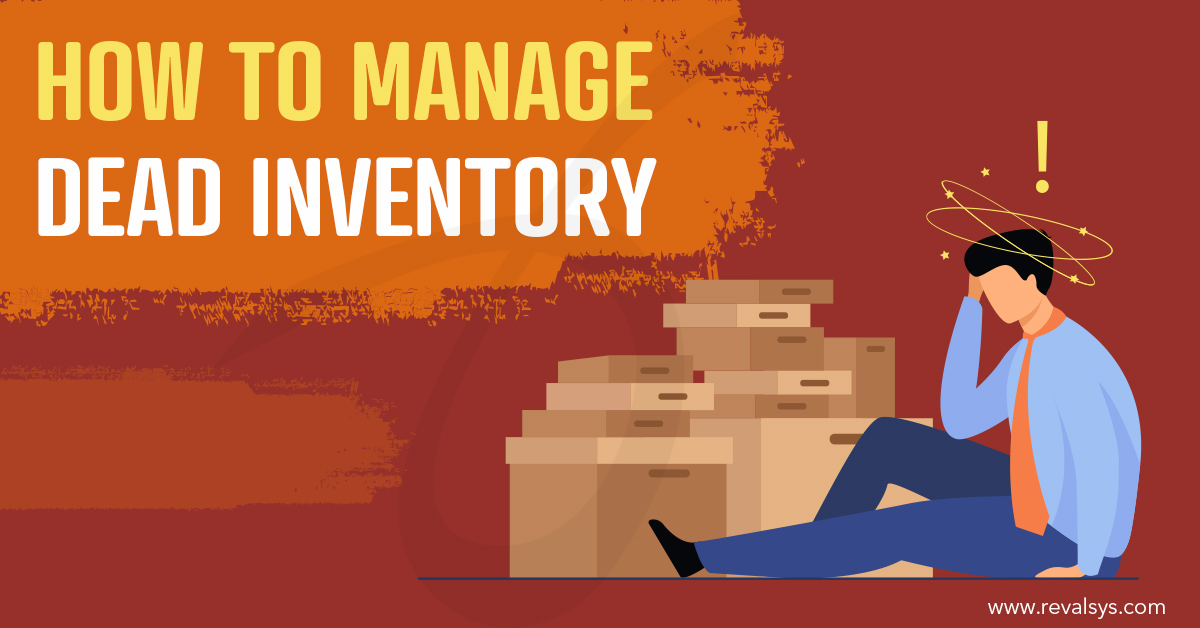
Inventory management is not just about monitoring the level and movements of the inventory you have on hand. This process also includes frequently checking for, managing, and reducing obsolete inventory, also called dead inventory. The longer inventory is stored, the more likely it is to become obsolete. Dead inventory is inventory that has not been sold yet and is unlikely to be sold in the future. It sits in a warehouse indefinitely, forcing businesses to waste their money on its maintenance and leaving them without any space in their warehouse to store new stock.
Dead inventory is different from excess stock and slow-moving inventory, as the latter can take a long time to sell but will be sold eventually. Some of the most common reasons why you can be left with dead inventory are if you order your goods in the wrong season, overstock them, don’t market them well, target the wrong group of customers, sell faulty products, or price the products too high.
If you end up with dead inventory, there are strategies you can use to clear it out and minimize losses. Listed here are a few of them:
Liquidate It
Liquidators are companies that purchase stock from businesses in bulk and sell it at lower prices in their own shops/websites or on online marketplaces like Amazon, eBay, and Flipkart. Online marketplaces have loyal customer bases which you can leverage to sell your stock faster and expand your brand’s reach. Selling your dead inventory to liquidators may not get you any profit, but it will help you to clear out your inventory to make room for new stock.
Donate It
Tying up with charities to donate your dead inventory can help your brand in multiple ways. It can improve your business and reputation, and increase your customer base along with helping you to get rid of your goods faster. When your customers know that their money will be used for a good cause, they will be encouraged to buy more from you and even refer other people to you. You will also be eligible for a tax exemption when you donate to registered charities.
Resell It To Your Supplier
This is another option that is not profitable but will help you to get rid of your stock quickly. Before you purchase your stock from a supplier, check if they allow you to return your unsold stock to them along with any damaged or defective products. You can return your stock for a full refund, or if that is not possible, a discount. Your supplier will be able to sell your returned stock to other businesses that need it or incorporate parts of it into other products, making this a win-win situation for all of you.
Sell It In Partnership With Other Businesses
This is a good way to target a new set of customers if your existing customers are no longer interested in buying your products. Customers love good deals and free gifts. You can introduce an offer where when your partner company’s customers buy their products, they get yours for free. This is another win-win situation for you, your partner business, and your customers as it enables you to sell your stock quickly, and earns you and your partner business more customers and good publicity.
